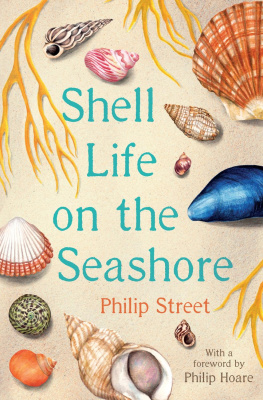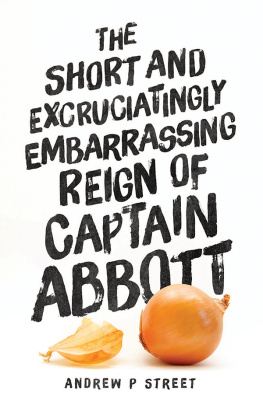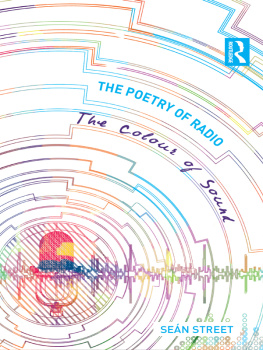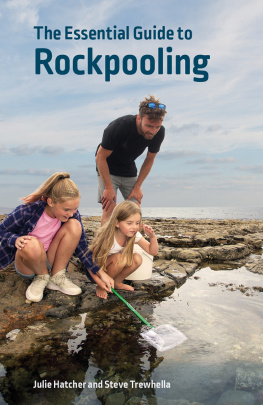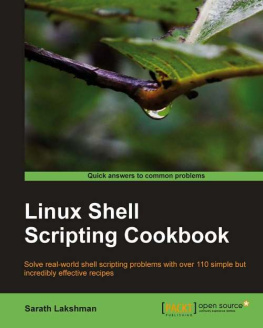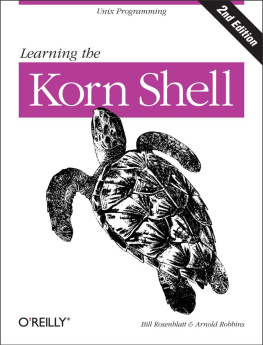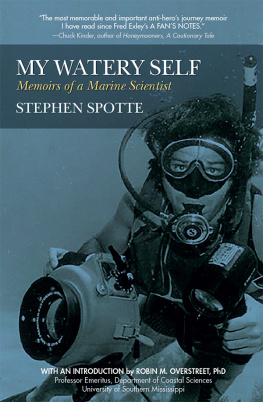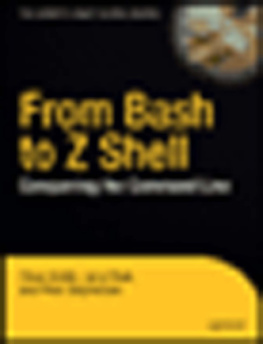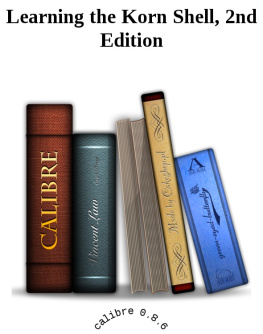by Philip Hoare
The shore is the last and first place. Its where we began, and where evolution is still visibly underway. A remote zone on our doorstep, an exotic jungle revealed and concealed twice a day, the intertidal zone draws us to itself as a memory of our own watery origins.
And yet its plants and animals seem utterly other. Strange, alien things with radulas and enormous feet and more than the requisite number of legs or eyes, gripping and clasping and rasping, delicately picking their way over a terrain that seems as transformative as them. These bizarre life forms that seem simple and complex at the same time: both fragile what lies beneath shells and suckers and spines and intensely tough, able to withstand the greatest storms that would fell our puny bodies into submission.
Down there is a microscopic world to which our eyes were attuned as children. We may as well have been looking down the wrong end of a telescope to another planet. We knew then that this could be anything, this other world in a rock pool, a puddle, or a foreshore. Shakespeare knew as much; his sprite Ariel, in The Tempest, sings a song that transforms into those creatures.
Of his bones are coral made;
Those are pearls that were his eyes;
Nothing of him that doth fade,
But doth suffer a sea-change
Into something rich and strange.
People around the world and throughout time have ascribed magical powers to shellfish. In the creation myth of the Haida people of the Northwest Pacific, the first humans crawled out of an oyster inseminated by the trickster Raven as a joke. In New Zealand the Mori revere the iridescence of the pua shell as the eyes of their ancestors in the stars.
Its not hard to see why these part-animal, part-plant, part-stone things accrue myth and legend, along with their shells. They are elusive and cryptic: the shimmer inside a mussel, while its exterior seems to be made of steely blue; the nacre of an oyster, lustrous and smooth yet mineral-hard; the gothic whorls of a topshell, spiralling up out of the mud towards the sky. Theyre as much architecture as animals: fractal constructions, whirling microcosms. Other worlds, an inch long.
None of this is to be expected, for all that it is familiar, this litter on the shore. It is what is left behind, empty yet subtly full of life, in and of the water and apart from it, waiting to be gathered up, by the tide, by the birds, by us. It is the sea at our feet and the sea inside. Theres a good reason why we remember it. We humans climbed out of the trees and onto the shore to gather shellfish whose omega oils helped our brains to grow. Atavistically, were drawn back there; far from danger, this incoming sea represents sustenance and survival.
In his intrepid survey, Philip Street peers down into that edge for us; he crouches on the beach and sees not one but a whole series of habitats, teeming with life. Street estimates 40,000 animals may live in each square yard of bladder wrack. And those inhabitants manage their survival through constancy and change; their liminal environment necessitates adaptation, covered and exposed as they are. Shelled things defy our presumptions by moving speedily when were not looking. Theyre true shape-shifters. The limpets hold fast to rocks. Periwinkles survive without sea water for months. They are, in fact, in the adult stage, almost land animals says Street, gradually being modified so that they too, in time, may well be able to leave the shore altogether and take up a purely terrestrial existence. The Precambrian turns into the future.
Street reassures us of our own inconsequentiality. His exacting descriptions spark off extraordinary scenes. I find intensely moving his account of the turf of carrageen moss that grows on a winkle; a green bouquet sported, then ripped off as the animal is readied for market and human consumption. He also tells us of the mussel larvae that flourished after the Dutch island of Walcheren was flooded in the Allied bombing of 1944. For a year the land was inundated by the North Sea; a year later, when the water was pumped away, the islanders discovered that mussels had begun to grow on the walls of their houses, their fences, and even on the trees. Its an image that evokes the medieval belief that barnacle geese hatched out of shellfish. It also reminds me of Moby-Dick and Herman Melvilles chapter on Nantucket, an island which the author had then yet to visit, but which he described as so watery that to their very chairs and tables small clams will sometimes be found adhering, as to the backs of turtles.
Street wanders into his lovely detail, waylaying us with these anecdotes as we beachcomb. He tells us that painters mussels, a freshwater variety, provided Dutch painters with receptacles for their pigments and even gold and silver leaf; which in turn makes me wonder if these shells auditioned for this precious role by displaying their silky silver lining. To me, theyre reminders of Rembrandt, who collected shells for their aesthetic sake and called them Gods handiwork. The modern Surrealists would turn their strangeness into art too, in the collages and sculptures of Max Ernst and Eileen Agar and the paintings of Edward Wadsworth and Paul Nash, imposing giant shells as monstrous interruptions into ordinary life. It is a fanciful eeriness also reflected in the concrete shell gardens once common in interwar seaside suburbs; an outsider art as a modest echo of the eighteenth-century fashion for gloomy shell-studded grottos.
As Street sorts out the vegetarian snails from the carnivorous snails, I cant help but wonder at the unimaginable: what might it be like to be a shellfish? To be at the feet of everyone. Hidden in their carapaces like the creatures that live inside Daleks, many possess a single foot, and needing little sensory input, as Street says have not bothered to grow heads. Very economical of them. Conversely, perhaps even perversely, their stomachs are external. No surrealist could invent anything that strange.
Memorably, and almost indelicately, Street describes sea-slugs as naked snails; while the most common shellfish acquire entire other meanings in this queer edge of the sea, neither one place nor another. The familiar slipper limpet, he reveals, is another invader, brought over from America a century ago. (According to the National Oceanographic Centre, my local shore, Southampton Water, is home to the highest number of alien organisms in British waters, filled with migrants that arrived on or in foreign ships.) This sly slipper shifter clusters in towers of itself, each piggy-backing on the other in a gendered hierarchy: the lowest are females, the top two or three are young males. Yet those in between really are in between in the process of changing from one sex to another, from male to female. Theyre a shellfish matriarchy enacted in slow motion, these molluscan Orlandos.
Shells stand the test and sense of time. They challenge natural history and mortality in the manner in which they preserve their own beautiful carapaces, these hard products of creatures so sensually soft. The shiny gloss on a cowrie is maintained by the mantle that the living animal wraps over itself, like a slithery duvet, conserving a veneer more luxurious than any piece of lovingly polished Chippendale furniture. But they can also be deadly, if poisoned by the algae blooms of a red tide, becoming bearers of a fatal toxin for unsuspecting humans.

